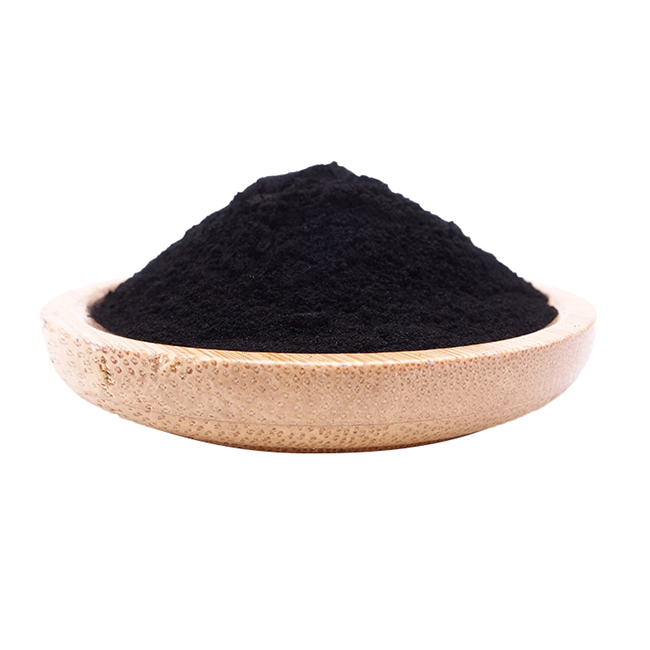
It is a useful first-aid tool that ought to be kept in every household, especially one with children, in case of poisoning. This is why it's a good idea to know how to create activated carbon at home.
The term "activated carbon" refers to a form of carbon that has been modified to be more porous. In order to absorb more poisons or gases than conventional carbon, the gaps inside the carbon have been expanded. Although this sort of carbon looks identical to regular carbon, it is "activated," giving it more absorption capacity.
Is taking activated carbon safe?
In addition to being safe, it also cleanses the atmosphere, eliminates contaminants, and can save lives from drug overdoses and gas poisoning.
How does it function?
By binding various medications and chemicals in its porous spaces, activated carbon can absorb them in the stomach, neutralizing their effects in the process. This contrasts with ordinary carbon, which has fewer pore holes and can only absorb a small number of poisons.
Applications for activated carbon
used to filter gases (i.e., to create a gas mask that can assist in filtering dangerous gases).
Because it eliminates unpleasant odors from the room, refrigerator, or any other small place, it is used as a room refresher.
for whitening the teeth. (used like toothpaste to brush teeth)
to eliminate bad breath.
It is used as a face masque to unclog sweat pores that might lead to acne (and is thus used to treat acne).
for alleviating bloating-related stomach discomfort.
To aid in the healing of wounds, it can be administered to the affected area and covered with bandages.
Methods for creating activated carbon at home
You must first create regular homemade carbon by burning fibrous plant material or hardwood in the presence of low or decreased oxygen levels. After that, you can add substances that will activate the carbon, such as calcium chloride or lemon juice.
To manufacture your own carbon at home, you can use coconut shells, hardwood, olive peat, or coal.
Creating carbon
Set up a secure place for burning your wood, then start putting together hardwoods or coconut shells—just enough to provide the necessary quantity of carbon.
Make sure there is enough fuel to burn hardwood or coconut shells.
Place in a container the wood or shells you wish to turn into carbon.
Make sure the lid is closed so that very little oxygen enters the pot before adding the kerosene and lighting the fire.
As it burns, build a second fire underneath the pot so that you have two: one to produce carbon from the wood in the pot and the other to provide the necessary heat.
Your homemade carbon is prepared after all of the hardwoods have been thoroughly burned, the wood has become dark, and there is no longer any smoke or gas emanating from the fire. If you already have carbon, you can start generating activated carbon right now without going through any of these processes.
To get rid of any chemicals, sand, or dust on the carbon before using it, always rinse it first.
Getting the carbon to work
Make sure the carbon is dry before grinding it into powder or small pieces with a mortar and pestle. To get the same outcome, a strong blender can be used.
Add 300 cc of lemon juice after transferring it to a jar or other container. 100 grams of calcium chloride can be dissolved in 300 ml of water (the container may get warm as a result of the water's reaction with the calcium chloride).
24 hours should be given to relax under cover.
The carbon should be strained after 24 hours, rinsed with water, and then spread out on a baking sheet.
Dry until totally dry in the oven or a dehydrator. Lemon juice and heat work together to activate the carbon.
After taking it out of the oven or dehydrator, let it cool, then mix it into the required sizes. Blend it into fine activated carbon powder to use as a face mask, to cure poisoning, or as toothpaste.
How to keep your activated carbon fresh or safe
Since it may collect gases from the environment if left open, preserving it in an airtight container will prevent air from getting to it, which will weaken or limit the effectiveness of your activated carbon.
























